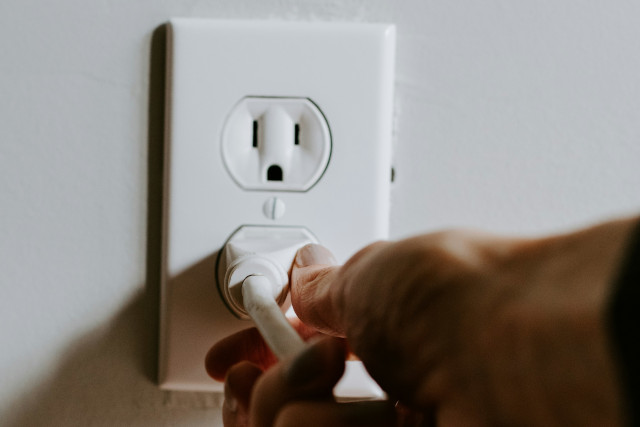
Check your home for safety hazards to support the well-being of your family. This can prevent accidents and create a secure living environment. Identify and address common safety hazards in your home like these:
Test smoke and carbon monoxide detectors monthly. Replace batteries at least once a year. Keep fire extinguishers in key areas like the kitchen and garage, and ensure everyone knows how to use them.
Inspect all electrical outlets and cords for wear and tear. Replace damaged cords and avoid overloading outlets. Ensure that GFCI outlets are installed in moisture-prone areas such as bathrooms and kitchens.
Check for loose or uneven flooring, and secure rugs with non-slip pads. Ensure stairs have sturdy handrails and are well-lit. Clear walkways of clutter and obstacles.
Regularly inspect plumbing for leaks. Ensure that water heaters are set to a safe temperature (below 120°F) to prevent scalding. Install anti-slip mats in showers and bathtubs.
Store household chemicals, cleaning supplies, and medications out of reach of children and pets. Label all containers clearly and keep them in their original packaging.
Examine your foundation, roof, and walls for cracks or signs of damage. Address any issues promptly to prevent further deterioration. Ensure that windows and doors open and close properly.
